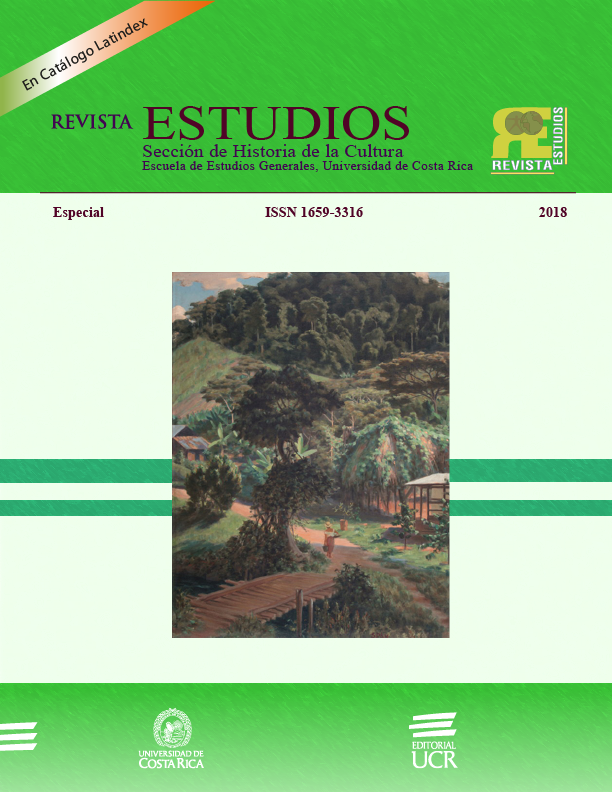Abstract
The current Spanish narrative continues to make use of the classic elements, the literary topics. “Berta, the singing hydrangea” of the Spanish writer Vicente París, is one of the stories that appears in 20 disquieting stories, a compilation of texts oriented to themes such as science fiction and terror. The present analysis will approach this story from the perspective of the literary topics, particularly the locus amoenus and the locus terribilis and its objective is to study the presence of the literary topics mentioned in the modern Spanish narrative, to verify how these are adapting to the changes Cultural and new worldviews without losing their discursive validity. For that locus amoenus responds to the relationship between natural beauty and the return to the human that the protagonist experiences when he renounces the social norm that oppresses him, whereas the locus terribilis is represented by the isolation produced by social norms and the technology that has kept him away from the beauty of life. As a result, it is evident that literary topics, even if they have adapted to the new world view of modernity, maintain their discursive validity as long as the idyllic vision of the natural space as opposed to the urban one recovers.References
Chevalier, J y Alain Gheerbrant. (2009). Diccionario de los símbolos. Herder. España.
Cirlot, J.E. (2011). Diccionario de los símbolos. Ediciones Siruela, S.A. Madrid, España.
Escobar, A. (2000). “Hacia una definición lingüística del tópico literario”. Myrtia Revista de Filología Clásica, Vol.15, 2000, pp. 123-160. Recuperado de: http://revistas.um.es/myrtia/article/view/37951
Escobar, A. (2006). El tópico literario como forma de tropo: definición y aplicación. Cuadernos de filología clásica. Estudios latinos, Vol. 26, No.1, pp. 5-24. Recuperado de: https://revistas.ucm.es/index.php/CFCL/article/viewFile/CFCL0606120005A/16074
París, V. “Berta, la hortensia cantarina”. En: 20 relatos inquietantes. (2003). Ediciones Corona Borealis. Madrid, España.
Pypłacz, j. (2015) “est locus…the grotteschi of giovanni battista piranesi and the ancient topos of locus horridus”. Biuletyn biblioteki jagiellońskiej. R. LXV pp. 181-197. Recuperado de:
Reyzabal V. (1998) Diccionario de Términos Literarios Tomo 1 A- N. Acento Editorial. Madrid, España.


